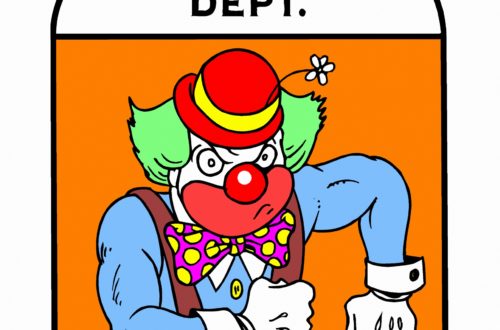Recreational and commuter biking have increased in recent years, making road safety more important than ever. Since 2007, bike commuting has almost doubled in the largest 50 of America’s cities largely due to the addition and/or improvement of bike lane and pathway infrastructure. Despite some motorists disdain for bicycles on the road, cycling to work benefits everyone. Not only does biking directly benefit cyclist by providing an entertaining source of exercise and numerous health benefits, but even those that don’t bike benefit from the resulting cleaner air.
North Carolina’s laws on bike safety are similar to those found in other states. Some apply to motor vehicle operators while others apply to cyclists. If you are driving a car, a vehicle may pass a bicyclist even in a no passing zone if the bicyclist is moving in the same direction, going straight, and not turning left. When passing the cyclist, the operator must either allow four feet of clearance to the left of the bike or move entirely into the left lane. If a driver of a car causes the cyclist to leave the lane to avoid a collision, the fine is $200.
However, if a crash results involving property damage, like a bent bike frame, or personal injury, like a broken leg, the fine increases to $500. Additionally, if there is more than $5,000 in property damage or serious injury, the driver will be fined $750. Avid bikers sometimes spend thousands of dollars on road bikes, so it may not be that difficult to be subject to the highest penalty available. However, $750 may be the least of a driver’s worries. The cyclist could sue for property damage and if the driver totaled the bike, they may be liable for thousands in damages. Further, if the driver was intentionally trying to crash the bike, you may be liable for tortious assault or criminal charges may be filed. A Texas man that ran two motorcyclists off the road was arrested for two counts of aggravated assault with a deadly weapon. He was eventually sentenced to 15 years in prison. The video can be seen here.
Failure to abide by the law can also increase your car insurance premiums. By law, failing to yield right-of-way to a bicycle can cost you four insurance points, more even than running through a stop sign or speeding in school zone. If you are wondering whether a bike has right-of-way in any given circumstance, just imagine it is a car and act accordingly.
For cyclists, there are also rules to abide by that protect their safety and the safety of the roadway and greenways. We have all seen bicyclists who don’t stop at stop signs or stop lights, but under North Carolina law, cyclists are required to obey the same rules of the road that apply to motor vehicles. My cyclist friends are rolling their eyes right now, because they’d like to see North Carolina enact a statute that allows what is called an “Idaho stop.” Currently, Idaho is the only state that allows cyclists to treat stop signs as yield signs and proceed through the intersection without stopping as long as no other cars are present. Idaho has seen a drop in bike-related accidents since enacting the law, but until such a law is passed in this state, cyclists are supposed to stop at stop signs, no matter how pointless they seem.
It may come as a surprise that bicycle racing is actually prohibited by law notwithstanding officially sanctioned bicycle races. During such events, however, bicyclists may get a reprieve from the usual rules of the road and bike freely throughout the course with no regard for stop signs and lights. Further, that post-race beer may be pretty tasty, but if a cyclist is planning on biking home, they’d be well advised to watch their intake. Cycling under the influence of drugs or alcohol is prohibited by law.
When it comes to equipment when riding at night, cyclists are required to have a reflector affixed to the rear of their bike. NC law also requires bikes to have front and rear lights for night riding. In lieu of a red rear light, a cyclist can wear a reflective vest that can be visible from 300 feet behind the bicycle. Safety vests generally cost less than $15 and some even come with pockets.
Just as car operators must signal their intent to turn, cyclists must as well. Left turns are indicated by the cyclist pointing to the left. Cyclists turning right should either use the traditional right turn signal by holding their left arm at a right angle or pointing with their right. When using public roadways, cyclists must drive in the right most lane available and as close as practicable to the right curb, except when passing another vehicle or preparing for a left turn.
As for children riding bikes, the Child Bicycle Safety Act applies. Head injuries are the leading cause of disability and death from bicycling accidents and that risk is significantly reduced by wearing a helmet. Any child under the age of 16, whether operating the bike or as a passenger, must wear a protective helmet. Any parent or legal guardian of a child who knowingly allows their child to ride a bike without a helmet or with a poorly fitting helmet is in violation of the law and subject to a fine and court costs. The minor fine of only $10 can be waived by the court if they receive proof the offending party has obtained a helmet and the child uses it.
Motorists and cyclists are increasingly interacting as more people take their bikes on the road. Major cities are making plans and adding more bike lines each year, but until our streets more resemble those of the Netherlands, these rules and laws are necessary.
For more information about our firm, please visit www.lindleylawoffice.com




